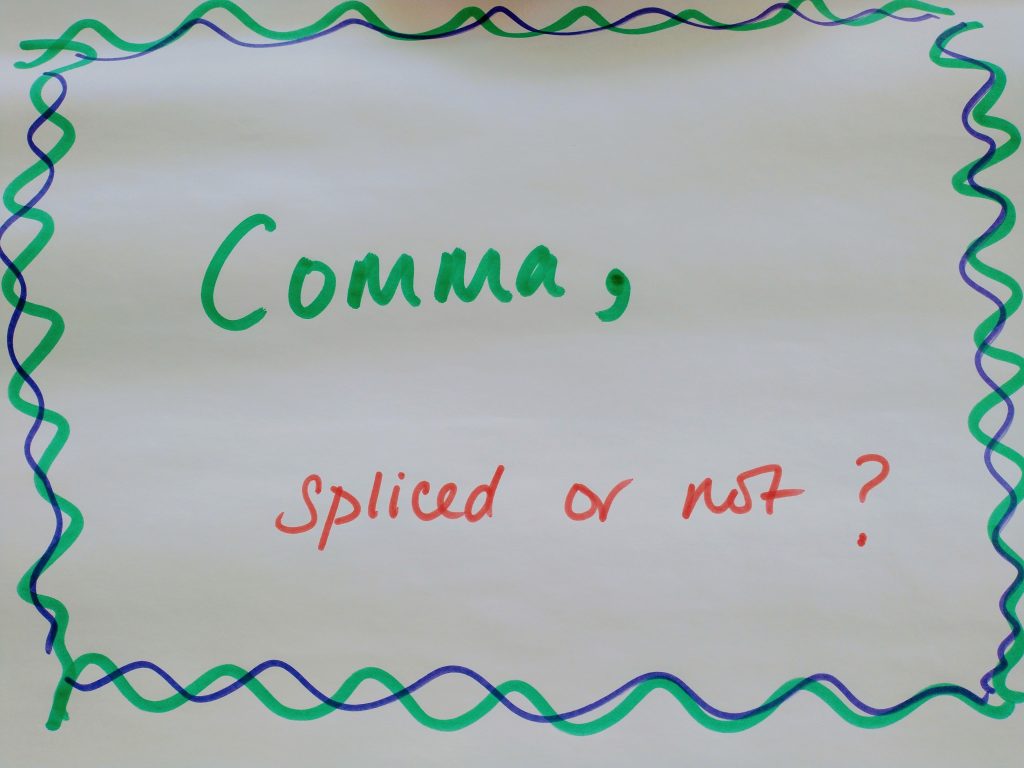
… and how have I remained in happy ignorance
of them for all these years? I’m sure Miss Redford never mentioned splicing when she was teaching us how to parse sentences in P6. But then the memory fades – I’ve just had to look up how to parse a sentence. And Miss Redford would certainly have never countenanced beginning a sentence with ‘and’ or ‘but’.
And there’s another thing the dash – well that’s what I always knew it as, but it would appear that we have an abundance of dashes and using the wrong one in the wrong way brings down the punctuation police. I understand, I really do. If you know your grammar it must be annoying to see lazy, arbitrary slap-dashing (and get in the way of the story, which is certainly not what a writer wants). Actually overusing brackets gets in the reader’s way too, must remember that! And the horrible overuse of exclamation marks these days has spoilt it for when they are appropriate.
Where was I …
So to clarify on the dash … there are three types (she writes using an ellipsis – I never knew that dot, dot, dot were called an ellipsis until recently, and I think I prefer saying dot, dot dot anyway) oops brackets again. And I’ve only just discovered that ellipsis have a specific use and should not be scattered arbitrarily and liberally like confetti throughout my books … yet another bad, and wrong, habit to correct.
Back to the dash – so we have:
The hyphen – the wee shortie
The en dash – little bit longer
The em dash — the stretchy one
But it’s easy really. The em dash is described by some as an Americanism so this British writer can discard it, the hyphen is for linking two words together and the en dash is for any other dashing required. See I can do grammar.
Now back to the comma splice, I don’t fully understand it.
And the sentence above is an example of a comma splice which happens, I am reliably advised, when two independent clauses are joined together by the incorrect application of a comma. One solution is to make them into two sentences, another is to bring in a joining word – which is a correct application for and or but. Yet another is to make use of colons … but I’ll leave it to another day to get to grips with them.
If you’d like to test yourself on recognising a comma splice click here.
Ps The above is how I make sense of grammar, I’m no expert. (Oops just spliced another comma )
